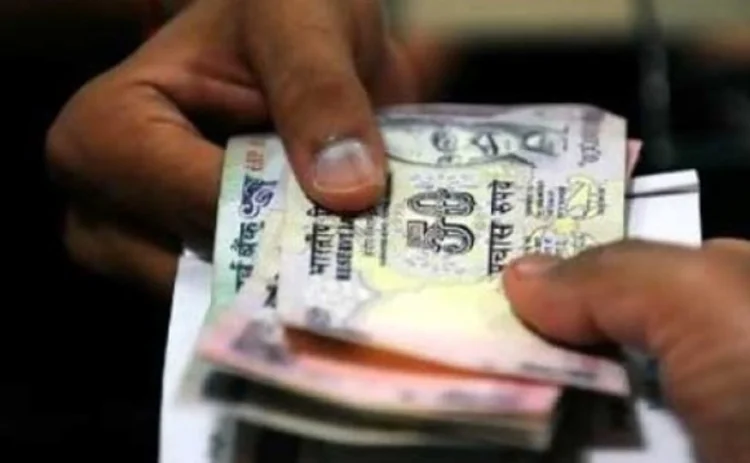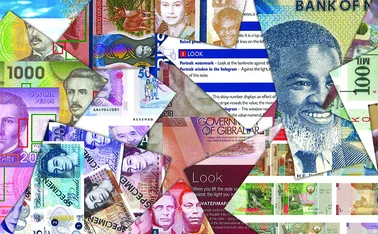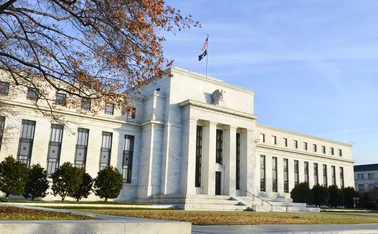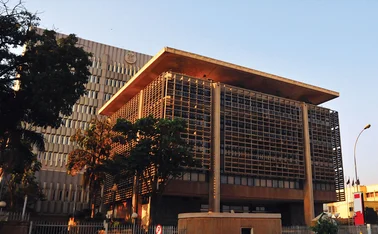
RBI signals end to cash controls
Central bank prepares to lift restrictions on cash withdrawals

The Reserve Bank of India (RBI) is moving to end restrictions on cash withdrawals, two months on from the controversial decision to scrap two high-value banknotes overnight.
The central bank said today (January 30) that "on a review of the pace of remonetisation" it had decided to "partially restore the status quo", ending limits on withdrawals from current accounts immediately and lifting restrictions on ATM withdrawals from February 1.
Limits on savings account will continue, though they are "under consideration for withdrawal in the near future".
The central bank and government acted jointly on November 8 to withdraw the 1,000 and 500 rupee notes, cancelling their status as legal tender overnight and replacing them with new 2,000 and 500 rupee notes. The cancelled notes accounted for 86% of the value of outstanding banknotes, and cash shortages across the country led to the imposition of tight limits on withdrawals.
An initial withdrawal limit of 2,000 rupees ($29) per card per day was gradually increased as replacement notes entered circulation, most recently to 10,000 rupees on January 16. But the inability of printing presses to keep up with demand coupled with problems recalibrating some ATMs hampered the RBI's efforts at "remonetisation".
It appears the withdrawn notes have only been partially replaced so far. According to RBI data on reserve money from the week ending January 20, 9.9 trillion rupees' worth of banknotes were in circulation, an increase of 4% on a week earlier but 38% below the level at the same point in 2016.
The central bank has had to conduct additional operations to soak up the liquidity generated by India's population depositing their cash into banks, with some people opening bank accounts for the first time. Seeking somewhere to place the excess cash, banks piled into government bonds, briefly pushing down yields by as much as 50 basis points.
The RBI introduced rules requiring banks to deposit 100% of any increase in net demand and time liabilities between September 16 and November 11 with the central bank. The latest figures show that while the overall quantity of reserve money has fallen, bank deposits with the RBI are up 14.2% year on year.
Only users who have a paid subscription or are part of a corporate subscription are able to print or copy content.
To access these options, along with all other subscription benefits, please contact info@centralbanking.com or view our subscription options here: http://subscriptions.centralbanking.com/subscribe
You are currently unable to print this content. Please contact info@centralbanking.com to find out more.
You are currently unable to copy this content. Please contact info@centralbanking.com to find out more.
Copyright Infopro Digital Limited. All rights reserved.
You may share this content using our article tools. Printing this content is for the sole use of the Authorised User (named subscriber), as outlined in our terms and conditions - https://www.infopro-insight.com/terms-conditions/insight-subscriptions/
If you would like to purchase additional rights please email info@centralbanking.com
Copyright Infopro Digital Limited. All rights reserved.
You may share this content using our article tools. Copying this content is for the sole use of the Authorised User (named subscriber), as outlined in our terms and conditions - https://www.infopro-insight.com/terms-conditions/insight-subscriptions/
If you would like to purchase additional rights please email info@centralbanking.com
Most read
- ECB staff speak out against changes to internal survey
- Central bank of the year: Central Bank of Brazil
- French president calls for expanded ECB mandate







